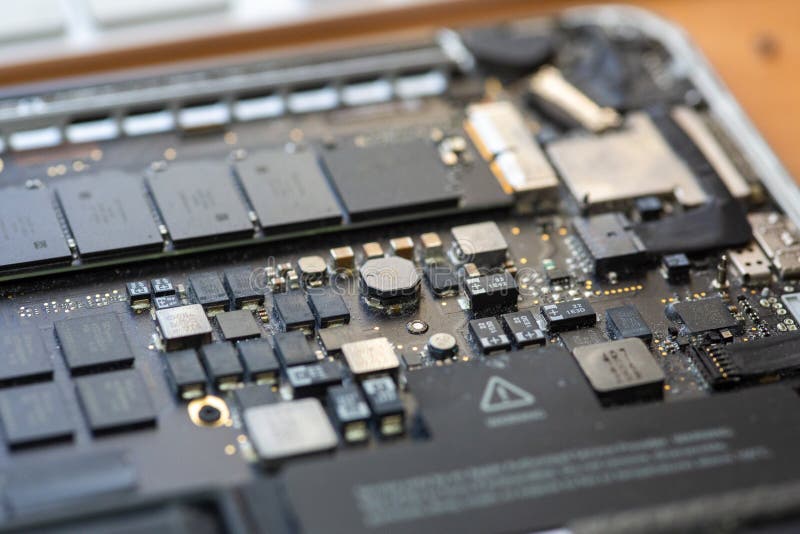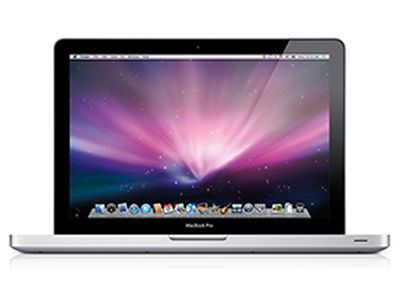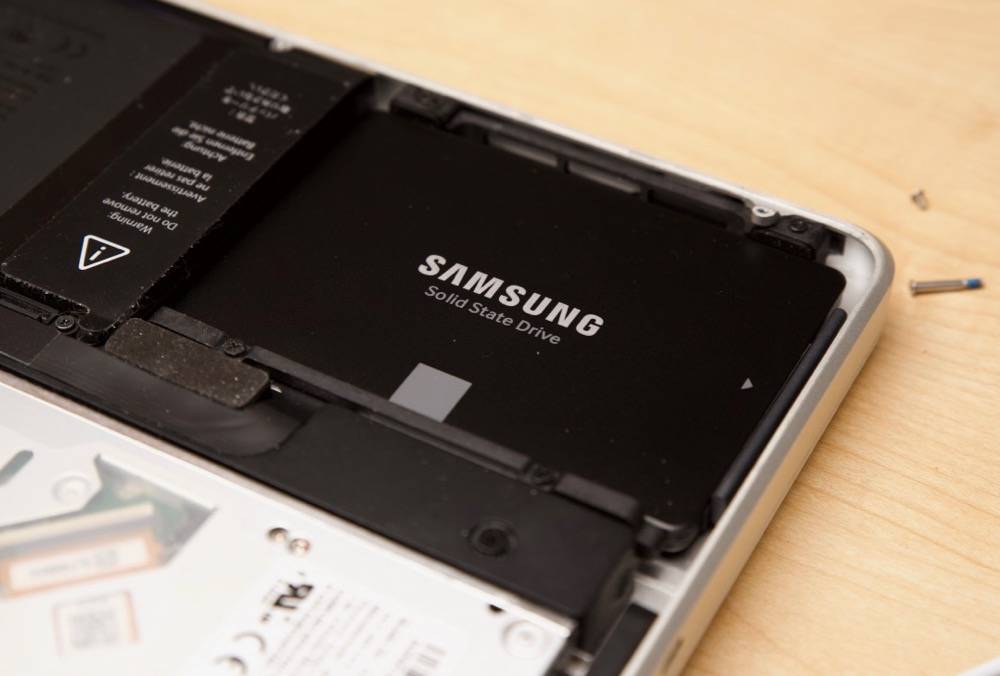
- #MACBOOK PRO GPU REPAIR PROGRAM DRIVERS#
- #MACBOOK PRO GPU REPAIR PROGRAM UPDATE#
- #MACBOOK PRO GPU REPAIR PROGRAM PRO#
- #MACBOOK PRO GPU REPAIR PROGRAM MAC#
However it seems that it might have affected more users than expected as a class-action lawsuit was filed against Apple several years ago, with an online petition managing to rack up over 40,000 signatures.
#MACBOOK PRO GPU REPAIR PROGRAM PRO#
There was no explanation given for the removal of the 2011 models, but given that it has been 6 years since the laptops were released, we guess it would be a bit unreasonable to expect Apple to keep them covered forever.įor those unfamiliar with this repair program, basically there were a small set of MacBook Pro models that were experiencing video glitches due to faulty GPUs inside their laptops. However the good news is that the Retina mid-2012 and early-2013 15-inch MacBook Pros are still eligible for the repair program, so if you are using those models then you should still be covered for now. This applies to both the 15-inch and 17-inch MacBook Pro models. However that program has since come to an end for the 2011 models, according to Apple. Note: You will probably have to do this all again when doing any system updates and from my experience even security updates.If you bought a 2011 MacBook Pro and you were experiencing video issues, know that Apple had a repair program running that would address the issue for you. Hope this helps anybody else with the same problem.

Important! This is up to you but I would suggest doing a Time Machine backup just to be safe.
#MACBOOK PRO GPU REPAIR PROGRAM MAC#
Now your mac should be booting normally without any issues, if not then there really is more than a graphics card issue. On the screen that loads choose the following in the menu Utilities -> Terminal. Now reboot into Recovery mode using CMD + R. Now we are more or less repeating the same as Step 1.
#MACBOOK PRO GPU REPAIR PROGRAM UPDATE#
Now update the timestamps of the driver cache without the AMD drivers.

#MACBOOK PRO GPU REPAIR PROGRAM DRIVERS#
Now once done lets delete the kext drivers cache. sudo mv /System/Library/Extensions/AMD*.* /amd-backup-kexts/ Then move all of the drivers with a wildcard naming. So first make a backup directory to copy them into. Now we are going to move all the AMD graphics card drivers, so best to make a copy of them rather than deleting them all. Try using /sbin/mount if you get mount command not found Once done mount the MacBook Pro hard drive by adding. Now in the terminal add the following, which will fix any disk permissions before we do anything. On reboot go back into single user mode by holding down the CMD + S keys. When csrutil is disabled we can now move kexts and delete system folders. On the screen that loads choose a language then on the screen which appears next choose the following options in the menu Utilities -> Terminal - see below.

The terminal will now be on the screen.įirst input. So first reboot your Macbook Pro into single user mode by holding down the CMD + S keys. But I had two problems - I had no permissions when trying to disable the csrutil and when trying the same with Recovery Mode - CMD + R I had the blue lines on black screen appearing, but the below sorted it for me. Now there are other solutions that say at first boot into Recovery Single User Mode - CMD + R + S. The solution is to change your energy settings and make sure the screen saver animation options are always active. NOTE: One known issue to this solution (and maybe others) is that when the screen goes to sleep/black it no longer wakes up, therefore needing a forced reboot. Now there are several solutions on the web but this is the only one that worked for me running macOS High Sierra (10.13.6+) and what was worst for me is that the MacBook Pro was stuck in looping reboot. If you are suffering from the infamous blue lines on the black screen on startup or random reboots then you maybe suffering from an AMD graphics card hardware issue with your later 2011 Macbook Pro laptop.


 0 kommentar(er)
0 kommentar(er)
